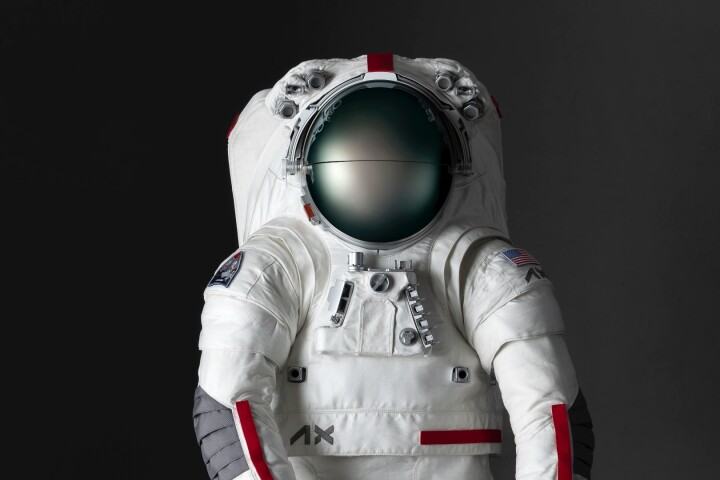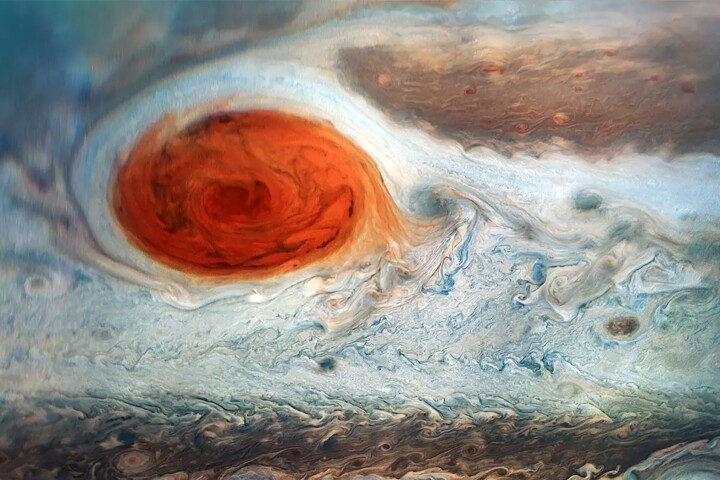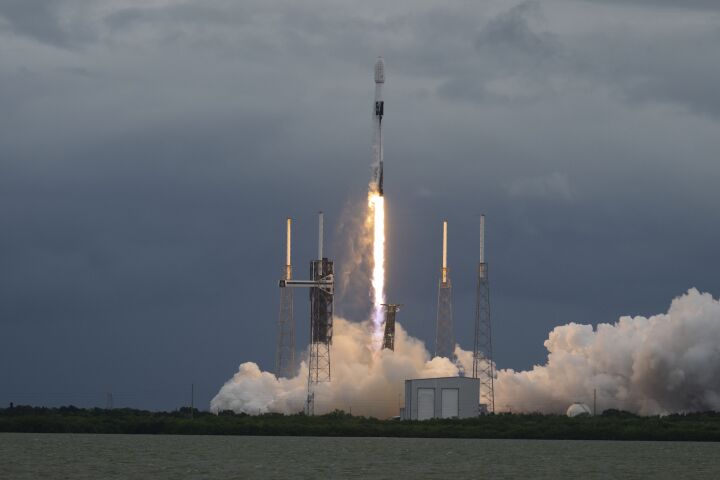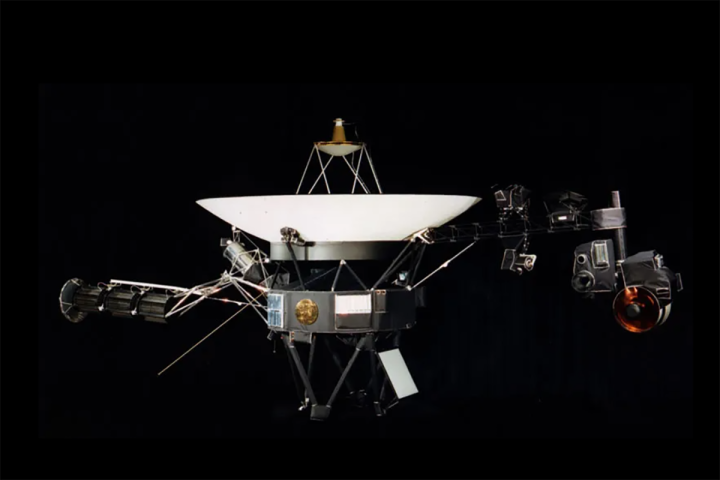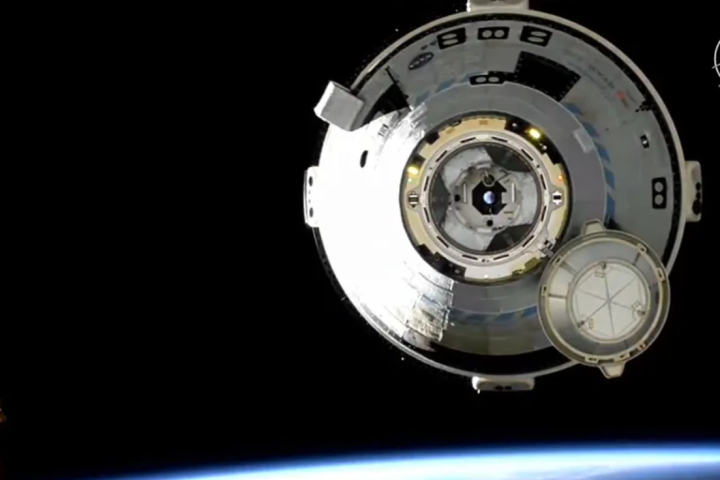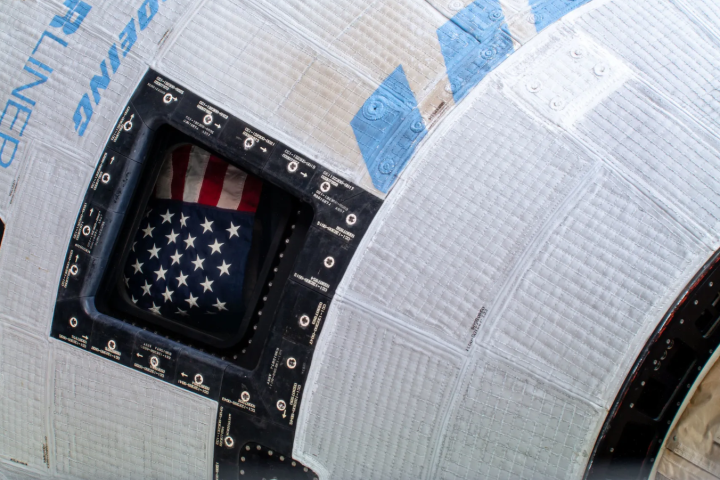NASA
-
In one of the strangest partnerships we've come across, Axiom Space and Prada (yes, that Prada) have teamed up to produce the space suits NASA astronauts will wear when they return to the Moon as part of the space agency's Artemis program.
-
High-resolution images taken by the Hubble Space Telescope of Jupiter’s Great Red Spot have revealed that it’s not as stable as we thought. Instead, the Spot is squeezing in and out, with NASA describing it as “jiggling like a bowl of gelatin.”
-
Data from NASA's Curiosity rover collected on Mars is shedding new light on how the Red Planet became uninhabitable in the distant past due to a changing climate that caused the surface water to evaporate or be locked away as ice.
-
ESA's Hera spacecraft designed to assess NASA's experiment to deflect an asteroid has launched from Cape Canaveral Space Force Station, Florida. At 14:52 GMT, the robotic probe lifted off atop a Falcon 9 rocket to begin its three-year mission.
-
Thor and the Hulk may be more closely related than we thought. Thunderstorms are known to produce gamma rays in the atmosphere, but a new study has found that not only do they happen way more often than we realized, but they’re much weirder.
-
Asteroids can devastate the planet in an instant – just ask the dinosaurs. Scientists at Sandia National Laboratories have now demonstrated a proof of concept method to deflect a potential Earthbound asteroid using a blast of X-rays.
-
After almost five decades sailing through space, NASA is trying to squeeze a few more years out of the venerable Voyager 1 deep space probe by swapping a wonky thruster system for a disused secondary one to keep its radio antenna pointing at the Earth.
-
Solar eclipses don’t just look cool – they can send gravity waves rippling through Earth’s atmosphere like dropping a stone in a pond. An international team of students has measured these gravity waves for the first time.
-
The ill-fated Starliner spacecraft has returned from Earth at the end of a 93-day mission that was only supposed to last eight days. The empty capsule landed safely on September 7, 2024 at 12:01 am EDT at the White Sands Space Harbor in New Mexico.
-
NASA scientists have discovered a third global energy field around Earth. Known as the ambipolar electric field, this force drives charged particles into space above the poles and joins the known gravity and electromagnetic fields.
-
The "not stranded" astronauts on the International Space Station (ISS) won't have an emergency ride home after Friday. NASA says that the uncrewed Starliner capsule will undock and return to Earth autonomously. Oh, and it might be 'haunted.'
-
Astronomers have watched a supermassive black hole take two bites of a star, and predicted when it might go back for a third. If it does, this should make for an intriguing stellar light show.
Load More
